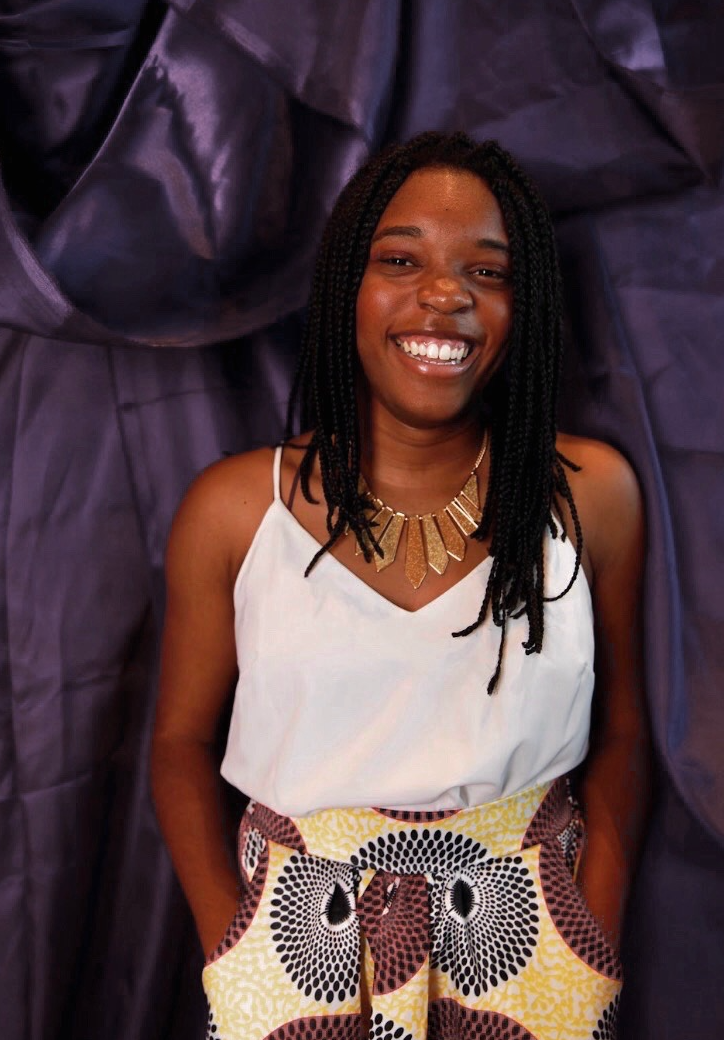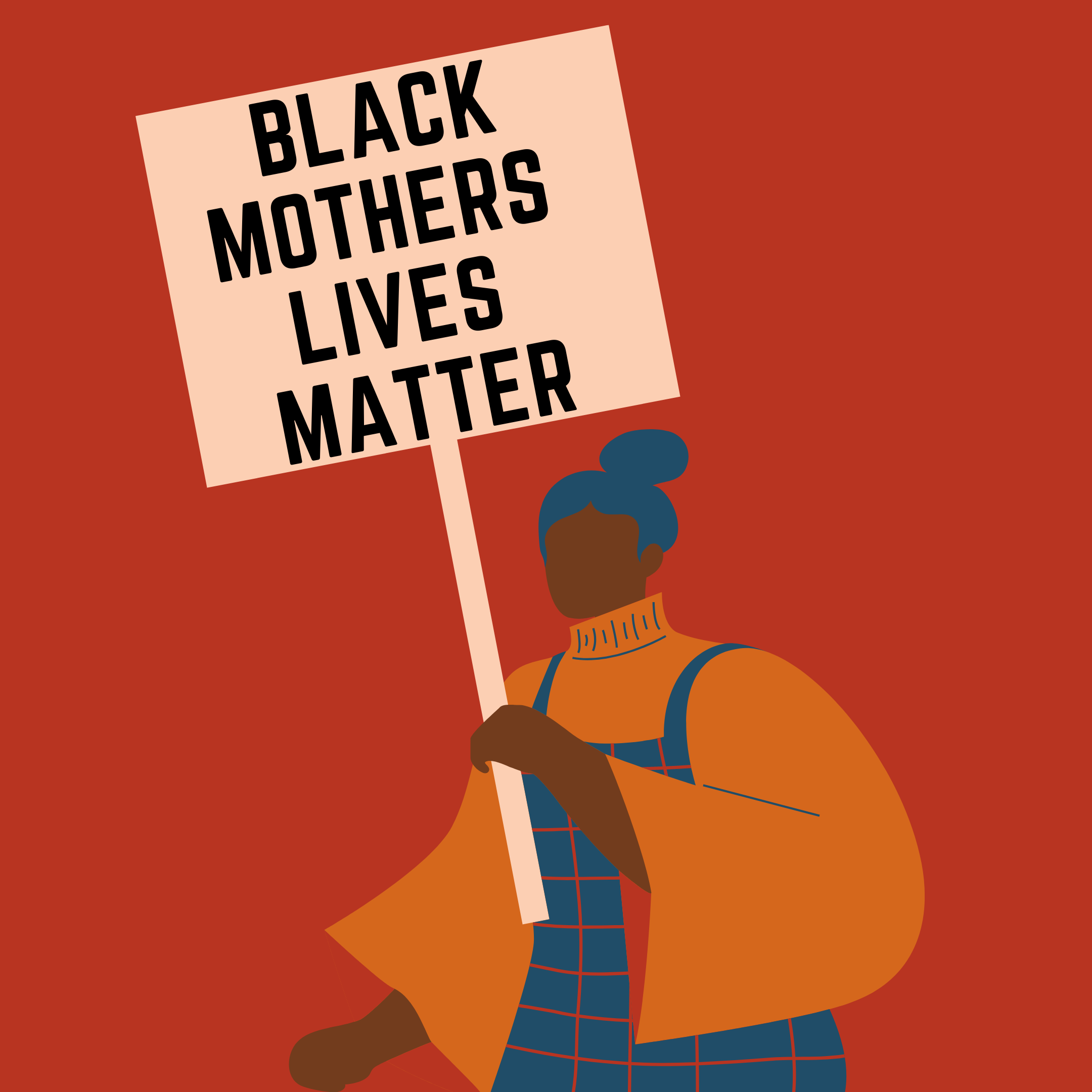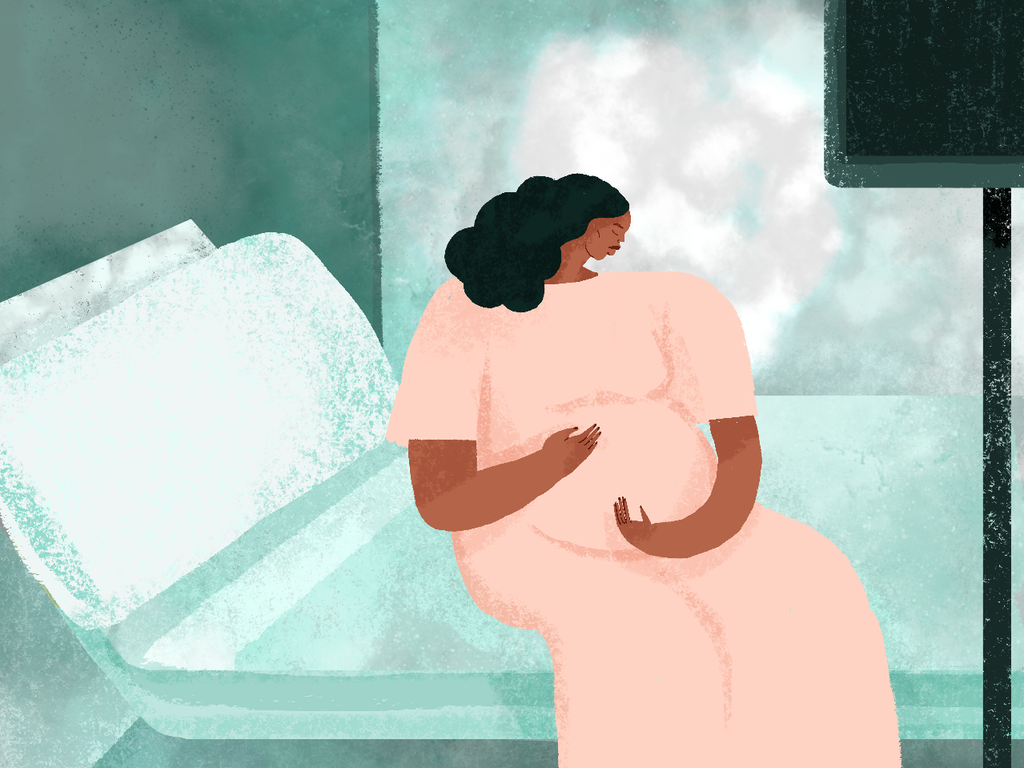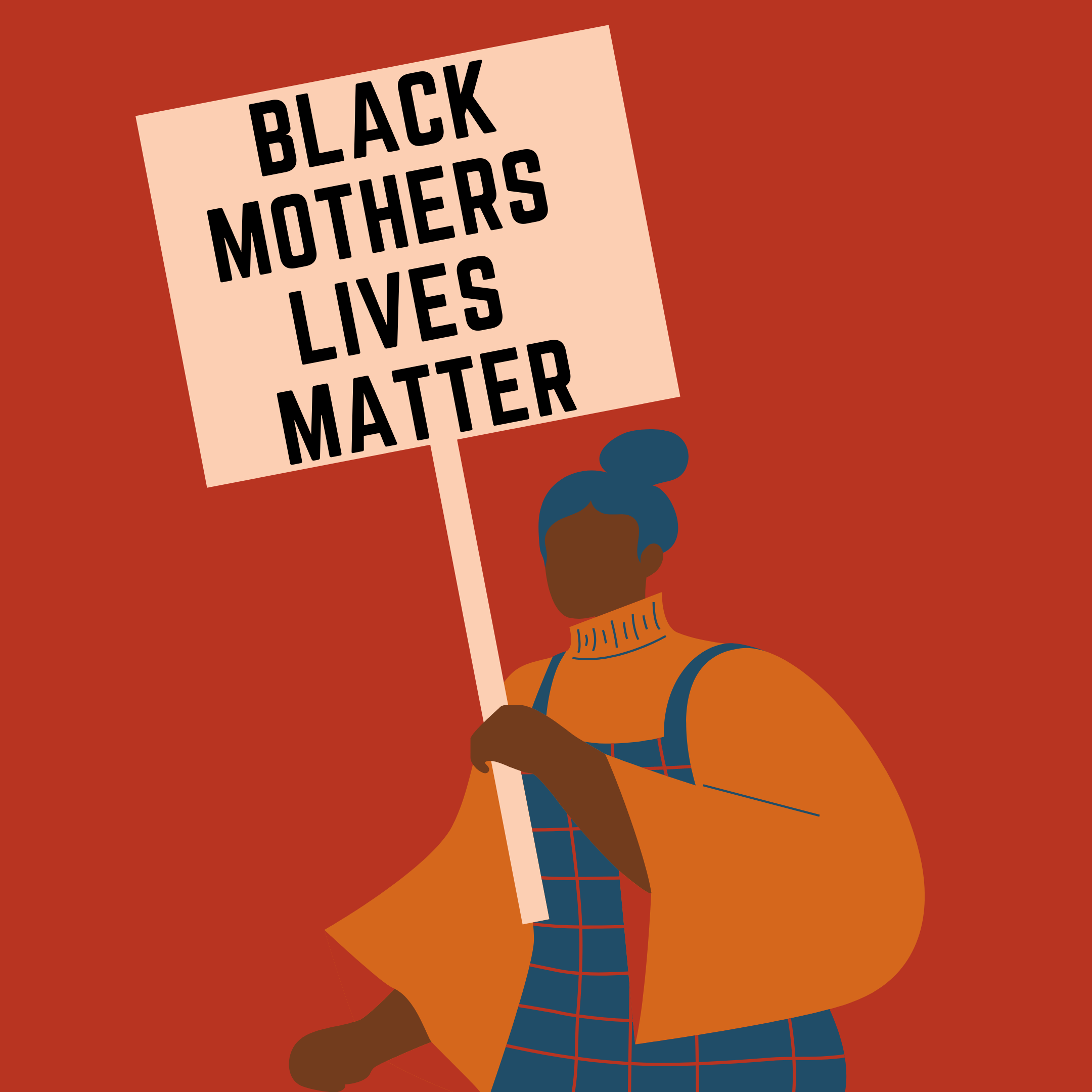Part 5: Moving Beyond the Movement
By Arielle Hutchinson

As a black woman in the United States, I don’t matter. At least, sometimes that’s what it feels like. The institutional injustices, systematic racism, and excessive surveillance make it hard to feel at home in the black body, to feel even fleeting moments of safety. “Be safe” has been ingrained in my memory since childhood. It’s something I was told as a little kid riding my bike down a big hill. It was uttered the day I got my license and backed out the driveway for my first solo drive. It is something whispered before every flight, every parting, every goodbye. My mom would always say, “Be safe.” “Be safe.” “Be safe.” And I’d always smile and say okay. But these days, “be safe” feels like famous last words.
Safety feels like a foreign concept to me. What does it mean to be safe? Have we ever actually been safe? I don’t know too much about the answers to these questions, but I know they’re worth unpacking. I know that my own experience in this skin has been amazing and empowering. But it has also been harrowing and discouraging in some moments.
I’ve been given “The Talk” too many times to count, ever since my older sister learned to drive. By the talk, I mean all the steps to take if I’m ever in a car pulled over by the cops. I know everything I should do now, just like the back of my hand. Nothing can be left up to chance. Every day, my mom tells me that I need to look “un-intimidating” when jogging through my suburban neighborhood. I know to make sure to keep my hands visible at the store. I know to keep my hood down as I walk down the street. All this to preserve my existence in this world. All to stay safe.
But these days, I realize that nothing can really save you. The news has been filled with heartbreaking stories of black people forced to take their last breath for the most trivial reasons. People are being killed for sleeping, eating ice cream at home, holding a cell phone, having a broken tail light, for simply existing.

Every headline chronicles another black life taken too early. The recent months, though tragic, have been hopeful. We’ve harnessed the power of the collective. We’ve seen thousands of people join together for one cause. We’ve witnessed people acknowledge their privileges, watched activists push for new policies, observed police convictions, and even seen age-old statues ripped from their very foundations. All this goes to show that change is possible for a better future.
#BlackLivesMatter is transforming this country’s institutions as we know it. It asserts that black life is important, valuable, and worthy of existence. It’s mostly attributed to police brutality, but I think it goes beyond that. It includes all black people, in all circumstances. It includes the black people exposed to COVID-19 at higher rates than other races, and the black people continuously under prescribed pain medication. And it encompasses the countless black women dying from childbirth and preventable pregnancy-related complications every day.

Black women’s maternal mortality is a public health emergency, but it is not treated as such. Black women, as well as American Indian and Alaska Native women, are 4 to 5 times more likely to die from childbirth than their white counterparts, according to the CDC (1). Black women are only 13 percent of the female population, and yet they account for 40 percent of maternal deaths (2).

By some metrics, black babies have lower survival rates than they did during antebellum slavery (3). Historians estimate that the infant mortality rate in 1850 was 1.6 times higher than white babies (4). Today, that gap has widened even more. CDC data from 2016 shows that non-Hispanic Black infant mortality is 2.3 times higher than that of white non-Hispanic white infants.
It’s 2020. People have been giving birth since the beginning of time. How are so many women still dying from having babies?

A variety of factors contribute to such poor outcomes, including less access to the health system, lack of high-quality care, missed/delayed diagnoses, and ignored warning signs. Studies have shown that medical care quality varies based on who you are and what you look like (5). This trend suggests that healthcare professionals may be more attentive to a white woman than a woman of color, regardless of whether they are actively aware of it. Potentially being neglected by the doctors who promise to do no harm is deeply disturbing.
I’ve read countless tales of black women feeling ignored, disregarded, and not taken seriously. And in this case, being heard, feeling seen, and understood is a matter of life and death. While I personally don’t share any complex childbirth experiences, my mom, my aunties, and even Beyonce do. I’m tired of seeing our names in the headlines, on the 6 o’clock news, and as hashtags. As the statistics continue to rise, my heart continues to break as I wonder who will be next. We must do better.
To be black and a woman is to know that you might be under-prescribed and overlooked. History has taught us through forced sterilization and medical experimentation, systematic racism and implicit bias that our identity as black women puts us at a disadvantage. Despite the legacy of racial inequality in this country, I’m optimistic about the future of maternal health because to be black and to be a woman is to be resilient, and we must find solutions. If we mobilize, educate, and push the right policies, we can reduce disparities and set ourselves on the path towards reproductive justice. And maybe, for once, we can truly feel safe — in our neighborhoods, in our hospitals, in the world at large.

Read the rest of this series, “Listening and Learning: Systemic Racism, Racial and Sexual Disparities in Women’s Health”
Part 1: Confronting the Non-Consensual Origins of Gynecology Research
Part 2: Reclamation vs Rejection at the GYN
Part 3: One Size Does NOT Fit All
Part 4: Historical Power Imbalances in Puerto Rican Healthcare and How They Concern Biomedical Engineers
References
- Frakt, Austin. “What’s Missing in the Effort to Stop Maternal Deaths.” The New York Times, The New York Times, 13 July 2020, www.nytimes.com/2020/07/13/upshot/maternal-deaths-policy-neglect.html.
- Owens, Deirdre Cooper, and Sharla M. Fett. “Black Maternal and Infant Health: Historical Legacies of Slavery.” American Journal of Public Health, vol. 109, no. 10, 2019, pp. 1342–1345., doi:10.2105/ajph.2019.305243.
- Russell, Tonya. “Racism in Care Leads to Health Disparities, Doctors and Other Experts Say asTheyPushforChange.”TheWashingtonPost, WPCompany,11July2020, www.washingtonpost.com/health/racism-in-care-leads-to-health-disparities-doctors-an d-other-experts-say-as-they-push-for-change/2020/07/10/a1a1e40a-bb9e-11ea-80b9–40e ce9a701dc_story.html.
- “Racial and Ethnic Disparities Continue in Pregnancy-Related Deaths.” Centers for Disease ControlandPrevention, CentersforDiseaseControlandPrevention,6Sept.2019, www.cdc.gov/media/releases/2019/p0905-racial-ethnic-disparities-pregnancy-deaths.ht ml.
- Owens, Deirdre Cooper, and Sharla M. Fett. “Black Maternal and Infant Health: Historical Legacies of Slavery.” American Journal of Public Health, vol. 109, no. 10, 2019, pp. 1342–1345., doi:10.2105/ajph.2019.305243.


